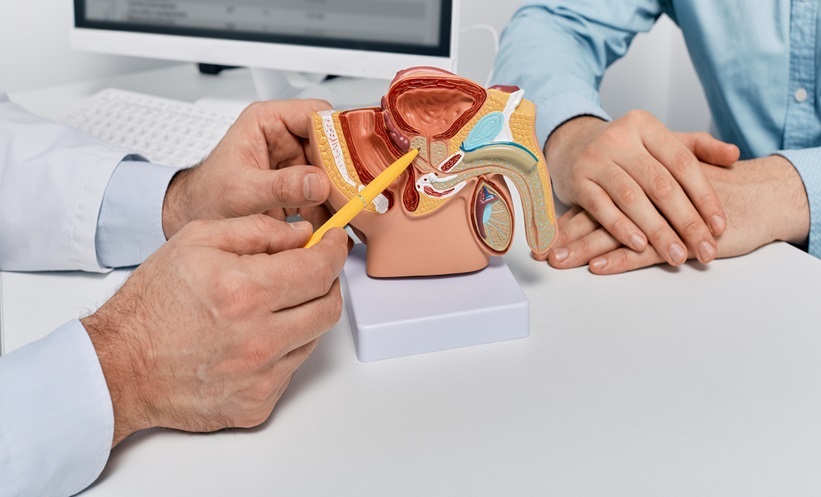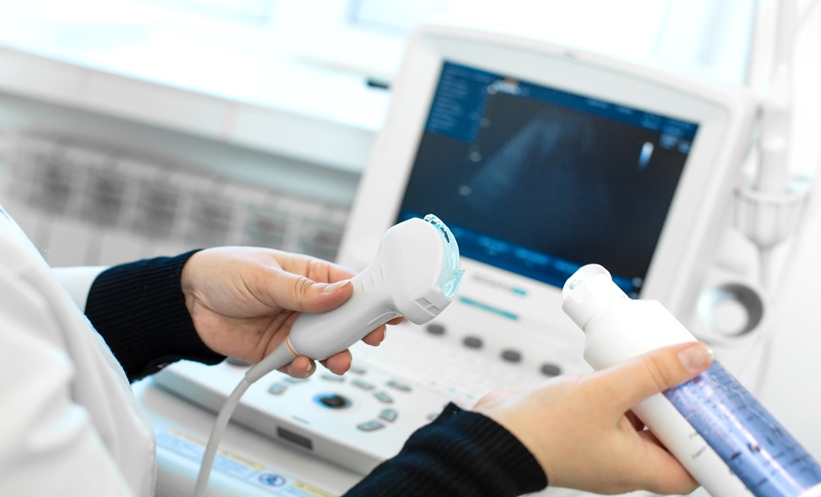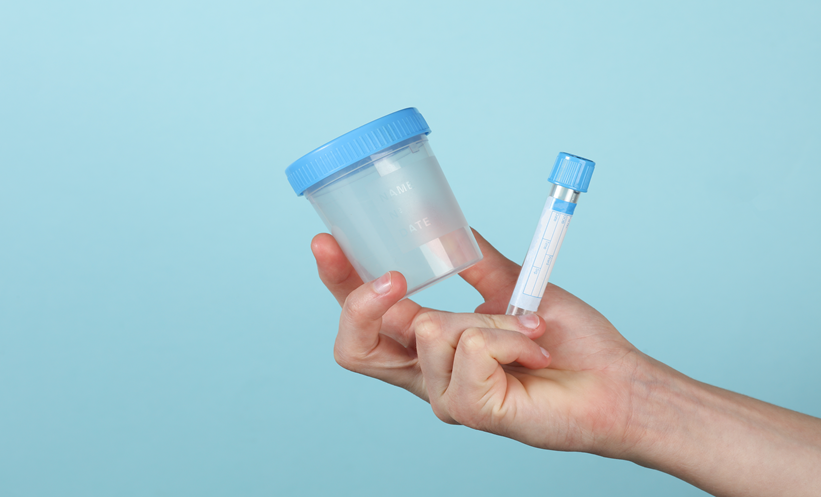DETECTED on MRI, increased prostatic urethral length has been shown to increase risk of adverse events following radiation therapy for prostate cancer. Patients were nearly twice as likely to develop urinary symptoms and urinary frequency when their prostatic urethra was greater than 4.6 cm in length.
The investigation included 361 men, with a median age of 68 years, with prostate adenocarcinoma who had undergone MRI within 6 months prior to beginning radiation therapy. Exclusion criteria included a history of previous prostate radiation, radical prostatectomy, transurethral resection of the prostate, and ablation, as well as a lack of clinical, radiotherapy, or follow-up data. Prostatic urethral length and membranous urethral length were both measured in this study. The type of radiation treatment received were balanced among participants; 14.1% conventionally fractionated external beam radiation (EBRT) alone, 28.3% moderately hypofractioned EBRT alone, 33% high dose rate (HDR) brachytherapy, and 24.4% stereotactic body radiotherapy.
The current study discovered that every 1 cm increase in prostatic urethral length was associated with a 60% increased likelihood of experiencing genitourinary (GU) toxicity post-treatment. Larger prostatic urethra was associated with an increased risk of late (greater than 180 days) GU toxicity, and an increased risk of Grade 2 or higher adverse events related to frequency and urgency. These results were consistent after accounting for urinary function at baseline and radiation treatment modality.
The researchers observed that HDR brachytherapy was associated with increased odds of acute (180 days or less) Grade 2 or greater GU toxicity. Meanwhile, longer membranous urethral length was associated with decreased odds of acute GU toxicity. Acute Grade 2 or greater adverse events were experienced by 14.4% (50/347) of patients in the study, the most prevalent was increased urinary frequency or urgency in 10.7% of participants. Among all patients, 12 experienced more than one Grade 2 or worse adverse event, and Grade 3 acute toxicity was experienced by four patients (1.2%). There were no instances of Grade 4 or 5 urinary toxicities.
This investigation is expected to guide patients with their risk in developing symptoms, and will “help them make better, informed decisions on a course of treatment that optimises quality of life,” commented Kiran Nandalur, Corewell Health, Michigan, USA. Doctors may use this MRI metric to consider how to better spare the prostatic urethra from radiation in order to decrease adverse effects.








